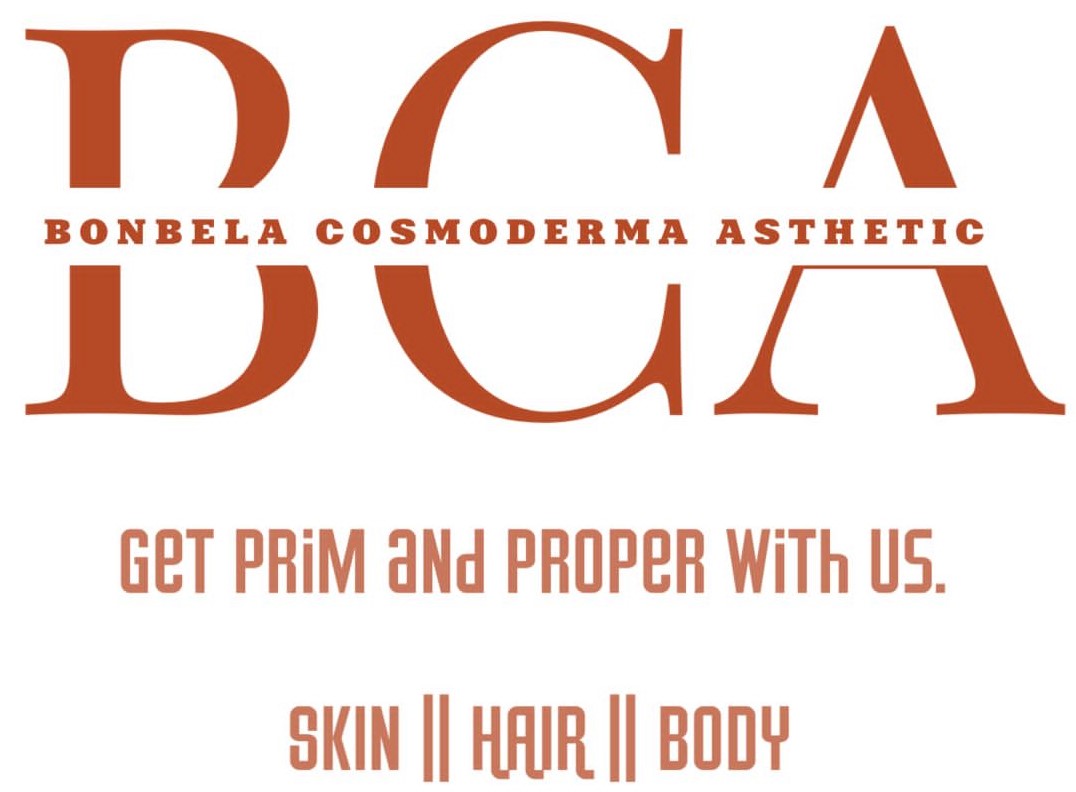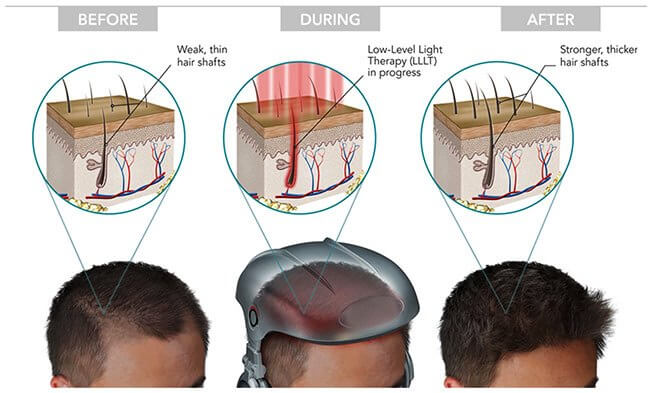Low-Level Laser Therapy (LLLT), also known as cold laser therapy or photobiomodulation, is a non-invasive medical treatment that uses low-level lasers or light-emitting diodes (LEDs) to stimulate cellular function. LLLT has applications in various medical fields, including dermatology, pain management, and hair restoration.
Key Points about Low-Level Laser Therapy:
-
Mechanism of Action:
- LLLT works on the principle of photobiomodulation. When cells absorb the low-level light, it stimulates cellular activity, leading to various therapeutic effects. It is believed to enhance cellular metabolism, increase blood flow, reduce inflammation, and promote tissue repair.
-
Applications:
- LLLT is used for a variety of medical and cosmetic purposes, including:
- Pain Management: LLLT is used to alleviate pain and inflammation in conditions such as arthritis, joint disorders, and musculoskeletal injuries.
- Dermatology: LLLT is employed for skin conditions, such as wound healing, acne, and skin rejuvenation.
- Hair Restoration: LLLT devices are used as a non-invasive option to promote hair growth and reduce hair loss in conditions like androgenetic alopecia (pattern baldness).
- LLLT is used for a variety of medical and cosmetic purposes, including:
-
Hair Growth and LLLT:
- In the context of hair restoration, LLLT devices, such as laser helmets or caps, are designed to deliver low-level laser light to the scalp. This is believed to stimulate hair follicles, increase blood flow, and extend the anagen (growth) phase of the hair cycle.
-
Devices:
- LLLT devices come in various forms, including laser combs, helmets, caps, and handheld devices. These devices are designed for at-home use or may be used in clinical settings.
-
Treatment Protocol:
- The recommended treatment protocol varies among devices. Users typically undergo regular sessions, and the duration and frequency depend on the specific device and the condition being treated.
-
Safety:
- LLLT is generally considered safe when used as directed. The low-level light used in these devices does not produce heat and is not associated with the thermal damage seen with higher-powered lasers.
-
Results and Maintenance:
- Results from LLLT can vary among individuals. While some users report improvements in hair density and thickness, others may not experience significant changes. Maintenance sessions may be needed to sustain results.
Considerations:
-
Consultation with a Professional:
- Before using LLLT devices, especially for hair restoration, individuals should consult with a healthcare professional or a dermatologist. A professional can assess the individual's specific condition, provide guidance on the suitability of LLLT, and rule out any underlying medical issues.
-
Patient Selection:
- LLLT devices may be more effective for individuals with early-stage hair loss or those looking to maintain existing hair. The effectiveness can vary, and results may not be as pronounced in advanced cases of baldness.
-
Consistency:
- Consistency in using LLLT devices is key to potential benefits. Users should follow the recommended treatment protocol and be patient, as results may take time to become noticeable.
-
Combination Therapy:
- Some individuals use LLLT in combination with other hair loss treatments, such as topical minoxidil or oral medications, for a more comprehensive approach.
-
Realistic Expectations:
- While LLLT has shown promise in promoting hair growth, it's important for individuals to have realistic expectations. Results can vary, and not everyone may experience significant improvements.
As with any medical or cosmetic treatment, it's crucial to approach LLLT with careful consideration and under the guidance of a healthcare professional. Consulting with a qualified professional can help individuals make informed decisions based on their specific conditions and goals.



